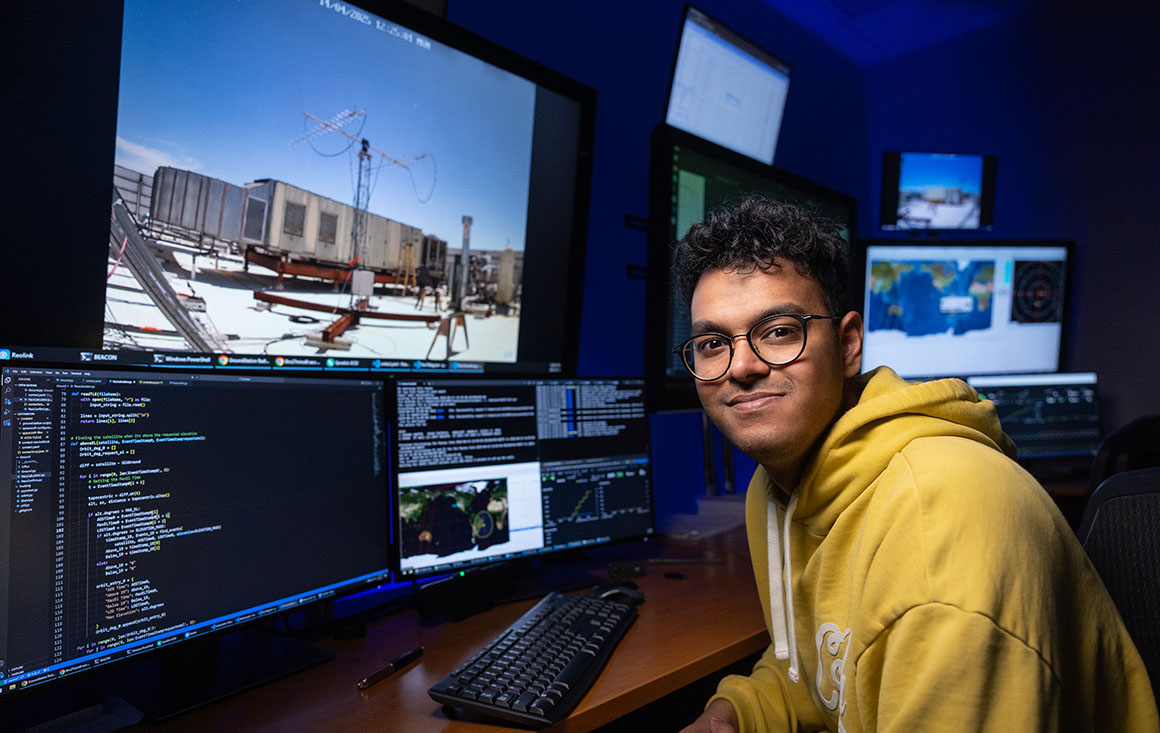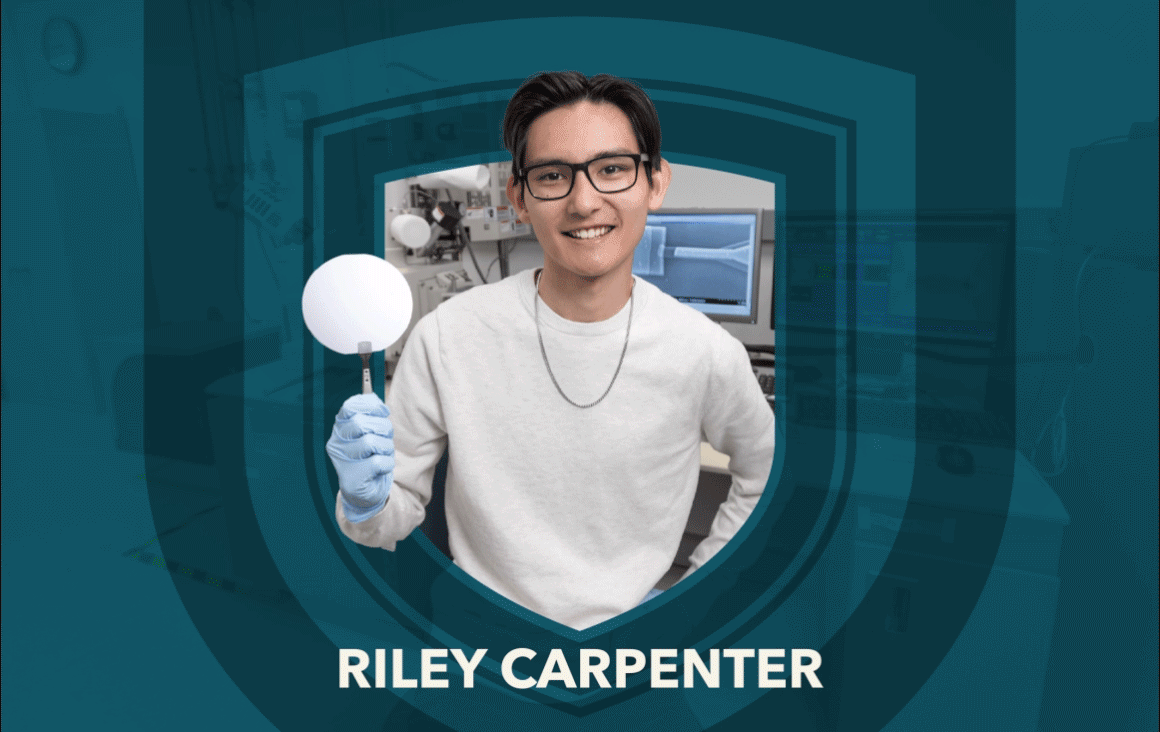A Holistic Public Safety Plan For Oakland Residents

All across the country, communities impacted by violence are calling for meaningful reforms in how public safety policy in America is designed and carried out. As part of that effort, a number of U.S. cities have begun “reimagining” their approaches to public safety, and Oakland is among them. The flaw in current approaches to policing, some experts say, comes from measuring public safety based mostly on crime statistics, which tends to lead to solutions only within the criminal justice system.
This week, during a 90-minute livestreamed presentation and discussion with community partners held at the Oakland Museum, the city’s residents got a first-look at a more holistic approach to public safety, inspired not by the police department, but by the voices and perspectives of their communities.
Notable among the project’s leaders is Naomi Levy, an associate professor of political science at Santa Clara, and longtime Oakland resident. Together with a wide-ranging group of community organizations, Levy and her research team spent the last two years working with hundreds of residents representing many of the city’s diverse communities to gather their insights that are often left out of these important dialogues—even though they are the ones closest to the problems and to possible solutions.
The groups’ report includes proposed policies informed by “indicators” related to the residents’ shared values and concerns about the city’s youth, public health, physical environment, criminal justice system, and economic opportunities. Levy says the next steps to creating and sustaining safety in Oakland must address interventions, done hand-in-hand with the city, law enforcement, schools, and social services.
“Part of what we did at Wednesday’s event is to try and draw attention to our work so that we can influence policy,” says Levy. “I think we had a receptive audience with the current city administration. They’re looking for an expansive way of thinking about safety, and that’s what I think our work can deliver.”
We recently sat down with Levy to talk about the project, which was funded by the California 100 Initiative through the Possibility Lab at U.C. Berkeley, where she is a faculty affiliate and director of community engaged research.
How did you got involved in this project?
For a long time, I’ve worked with Everyday Peace Indicators, a research group that informs peacebuilding policies and practices through the everyday experiences of communities affected by conflict.
The premise surrounding EPI’s methodology is that so-called experts don't know what real life is like for ordinary folks. As political scientists, we’ve read all the literature, we’ve done studies and such, but we don't know what it's like to live in these situations. And so here’s a way to tap into this local, firsthand technical knowledge, using a different kind of expertise to influence policy in a different way.
What makes Everyday Peace Indicators so central to this project?
It helps to understand the story behind EPI. The group was born from a hallway conversation between Pamina Firchow and Roger Mac Ginty, two peace researchers. They were talking about how political scientists use the number of battle deaths as a metric to determine whether or not there's war or peace in an area. But that’s not what ordinary people would pay attention to, and my EPI colleague Roger Mac Ginty, who grew up in Belfast during ”The Troubles” in Northern Ireland, said what he would pay attention to was whether or not the windows of the local shops were boarded up. That was his No.1 way to tell if it was peaceful at any given time.
In 2020, I’d been working on an EPI project in Colombia, but when COVID started, I wasn’t able to travel there. I often talked about EPI with my friend Amy Lerman, who is the executive director of the Possibility Lab. Since I wasn’t able to go to Colombia, we talked about something that we could do here in the Bay Area that uses this EPI methodology to inform policy issues. So we began seeking funding to do a project about issues we both care a lot about: public safety and equity.

Why Oakland?
I am an Oakland resident, and I was very aware of what the city of Oakland was going through in the wake of the George Floyd murder, and calls to defund police departments. The city had convened a task force called the “The Reimagining Public Safety Task Force,” and their charge was to figure out how we could rethink public safety and reallocate some of the police department’s budget. Since the city was already embarking on this effort, we thought maybe it could also be a good case study. Because if the city was going to try to deliver safety in different ways, we thought they should also have different metrics with which to measure it.
In this case, the corollary to battle deaths is crime statistics. If you’re only using something like crime statistics to measure safety, then your only solutions are going to be within the criminal justice system. But if you take a more expansive view, and find out what safety looks like to an ordinary person in Oakland, then you can start to assess whether or not there is true safety from other perspectives as well.
You worry that this report may be “politicized.” What do you mean by that?
When you embark on issues of public safety, it’s easy for people to turn it into something that it’s not. So that’s my biggest concern—that this will be viewed as an effort to get rid of the police, which is not what we are saying. We’re not saying that crime statistics or police departments should be replaced; we’re saying that they should be supplemented. We want to expand the scope to help inform holistic solutions.
What are the main takeaways from the report that you think are most actionable?
One of the things we identified is the large number of indicators dealing with safety that have to do with issues of violence and what we call “stressors”—things like hearing people yelling in the streets, or sirens, or seeing graffiti or homeless encampments. These are some of the kinds of downward spirals that send people into an absence of safety, but there are upward spirals that can send them into the presence of safety.
For example, a common set of indicators are in a dimension we refer to as “social capital.” Like whether or not neighbors know each other's names and have each other's phone numbers, whether or not people of different races get to know each other, and the ways in which safety is created by the community. When you look through those indicators, you’ll see so many different stories about people helping each other, people parenting each other's kids, people knowing that you can trust your neighbors, and knowing that they'll help you if you need that sort of mutual aid.
There are also a lot of indicators related to economic security, and along lines that we often don’t think of as being related to safety. For instance, whether people are struggling to pay rent, or find job opportunities, or that the cost of organized sports is often too high for many families.
In many of the communities we spoke with, there seems to be a rift between the older and the younger generations, and some of it has to do with the absence of older generations, either because they're working all the time, just trying to make ends meet, or because they've been incarcerated. Whatever the reason, there’s a lot of young people who are basically raising themselves without guidance from role models. And so if kids are having to raise themselves, they sometimes turn to gangs as what they see as the best solution. And ultimately there is less public safety because of that.

Did anything about the research process surprise you?
I think that too often in community-based work, there is this view that it’s sort of monolithic, that there is one community there. And one of the things that’s really revealed in our data is that that’s not the case. There are multiple overlapping communities, and they don’t always see things the same way. So where one person might feel safer if they see the police, other people feel a lot less safe. Or maybe the same sort of event occurs, but there’s different perspectives on it. One of the things that you can really use these indicators for is to see the world through many different people’s eyes.
We know people have been saying these things for a long time. It’s not rocket science. But we started with a grassroots “from the ground up” view, a community-centered view. It’s a lived, first-hand experience. Asking people, “How do you know if you're safe? How do you know if you’re not safe?” led us to conversations that helped our researchers see this really clear system of the ways that safety is produced, or the absence of safety is produced.
What is the report’s topline recommendation?
One of our big arguments is that it’s one thing to have an intervention that tackles one of those things, like, “Let’s have a mentorship program, or a job training program.” But you get so much more mileage if you combine several different interventions, all trying to interrupt those negative cycles and promote positive cycles. The indicators in our report show you the way that these dynamic processes are happening, but they can also point to lots of different places that you can intervene to help promote safety.

Could you offer an example?
One of the things that we kept hearing in our focus groups was that “People know that it’s safe if there are kids playing in the park.” Can you imagine the kinds of policies a city would enact if that was its primary metric to determine if it’s safe or not? They're not going to flood the streets with police or surveillance. They’re going to make sure that the park is clean and that there are activities for the kids. There will be different kinds of policy responses if that is how we measure safety.
What is already improving public safety in Oakland, according to residents?
The city has been using environmental design to increase safety. For example, they are installing more speed bumps on streets to slow traffic. And in a particular area of the city where there’s a lot of sex trafficking, the city has added traffic diverters on streets so the cars can’t go straight through, which makes the drivers have to turn on every block.
Where do the report’s recommendations go from here?
There are two different kinds of policy interventions that we imagine will come out of this report. Our next step is partnering with Oakland’s Department of Violence Prevention’s Community Engagement Team, a team of young people who were affiliated with criminal networks and who are now working to try to repair their communities. We’re working with them on the indicators, and on potential solutions—those intervention points I was talking about. They will be working in their communities, talking to people about different solutions. Our team will then provide them with training to help them present their solutions to the city administrator and to the mayor.
At the same time, we’re also trying to come up with a way to produce a measurement tool that can supplement the crime statistics that the city’s already using. This tool will help us evaluate whether these interventions have the desired effects.
The political science department introduces students to the analysis of political behavior, values, institutions, and governments.


